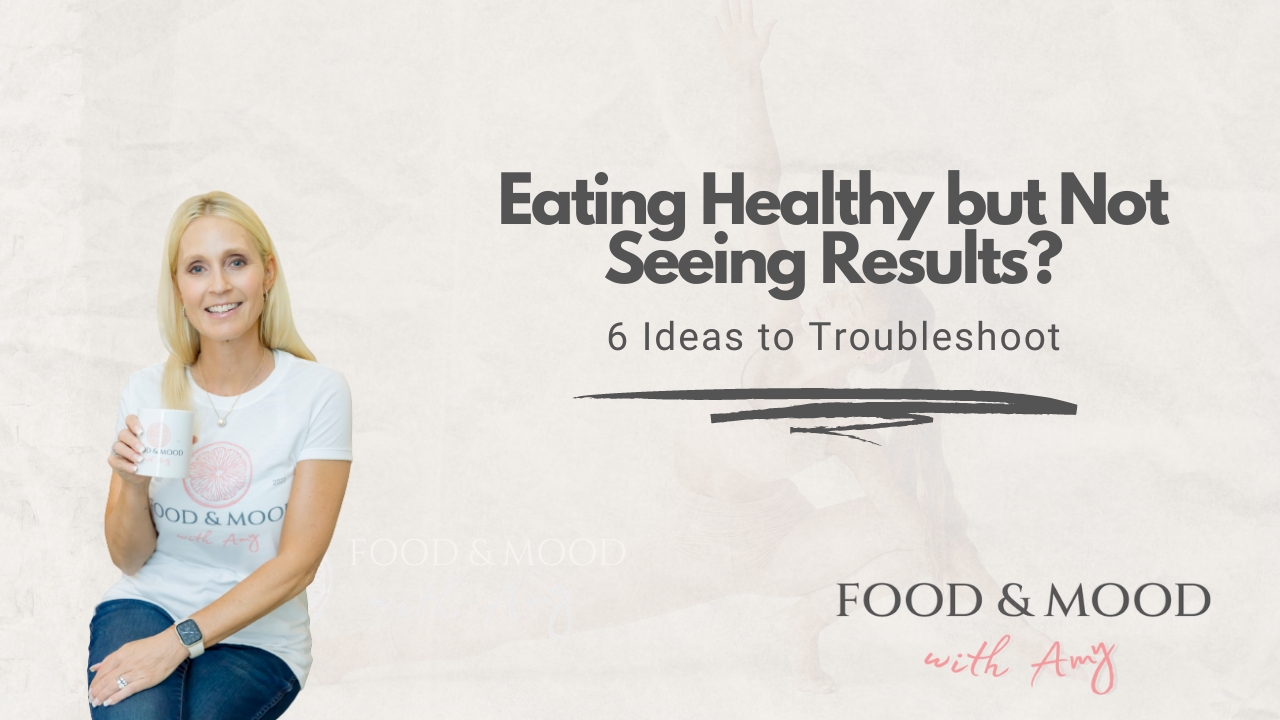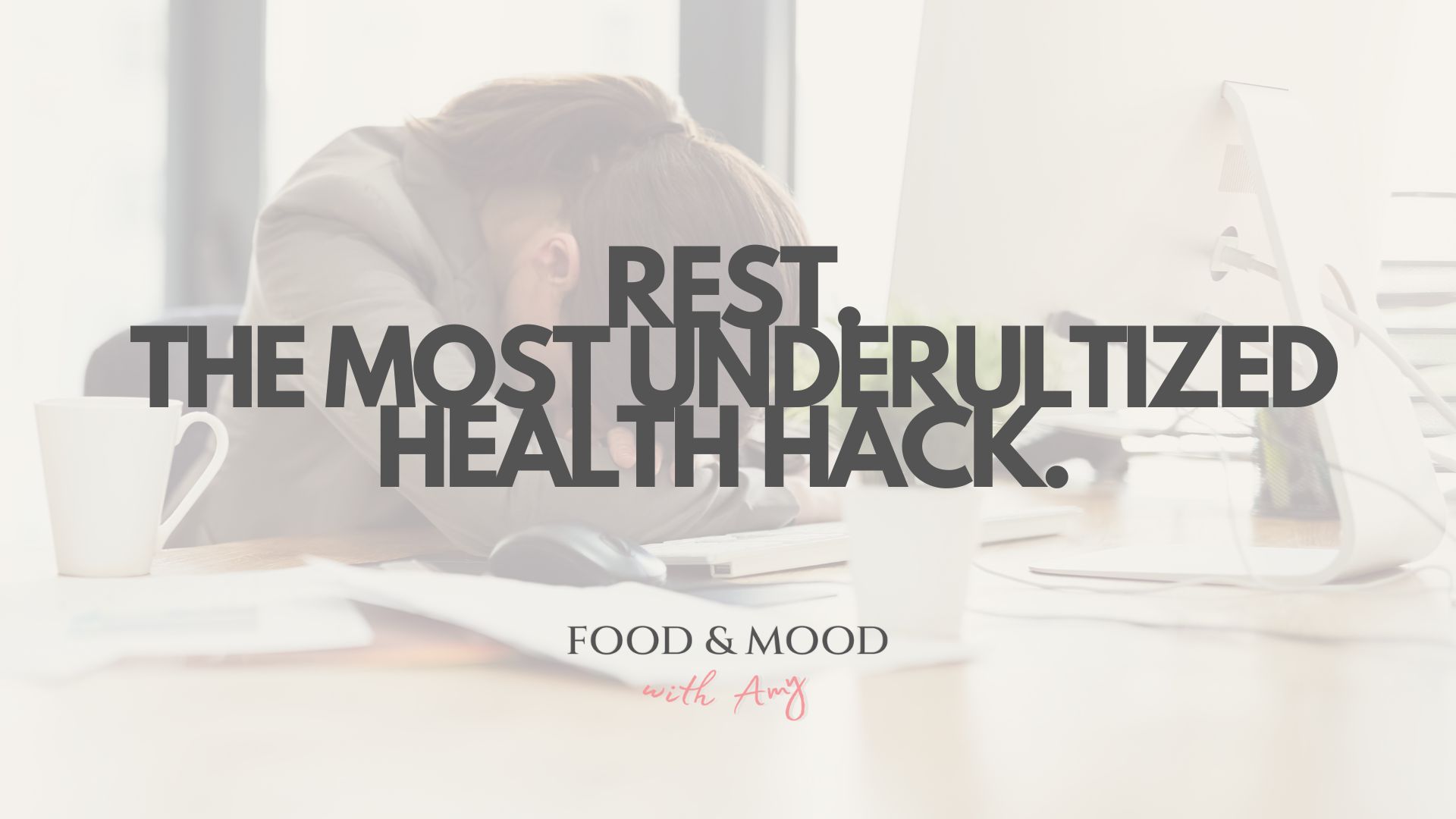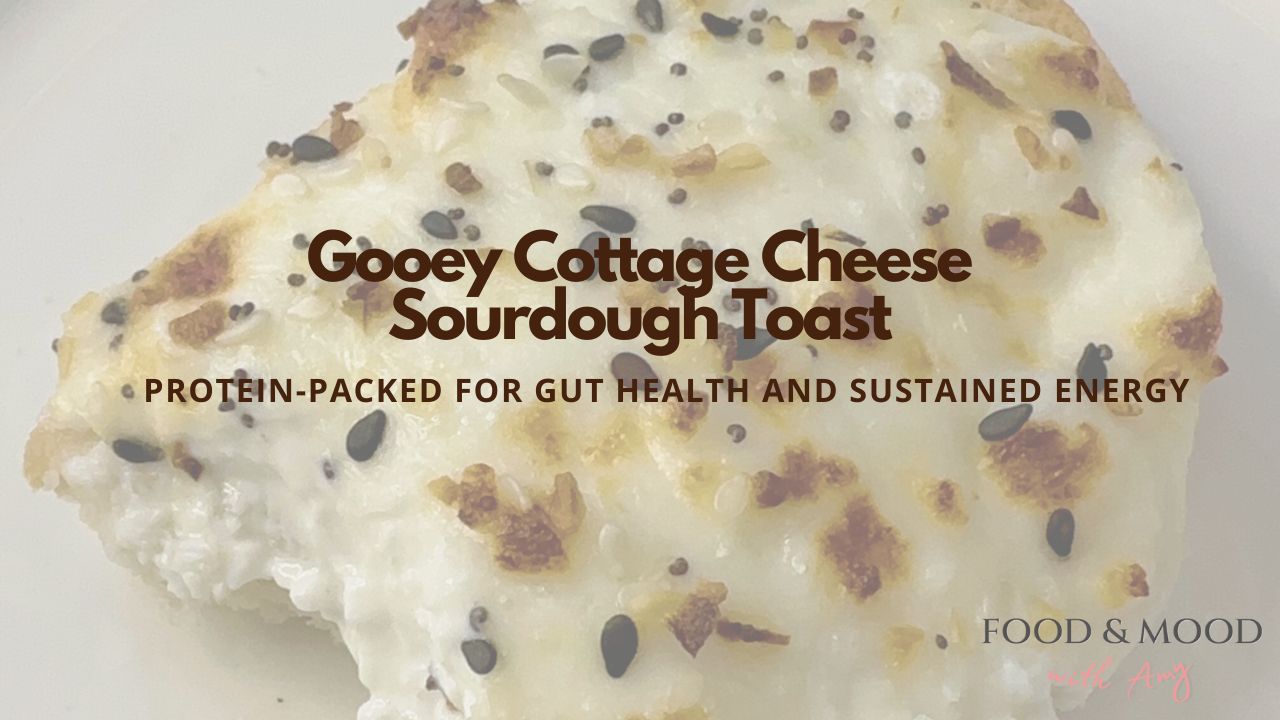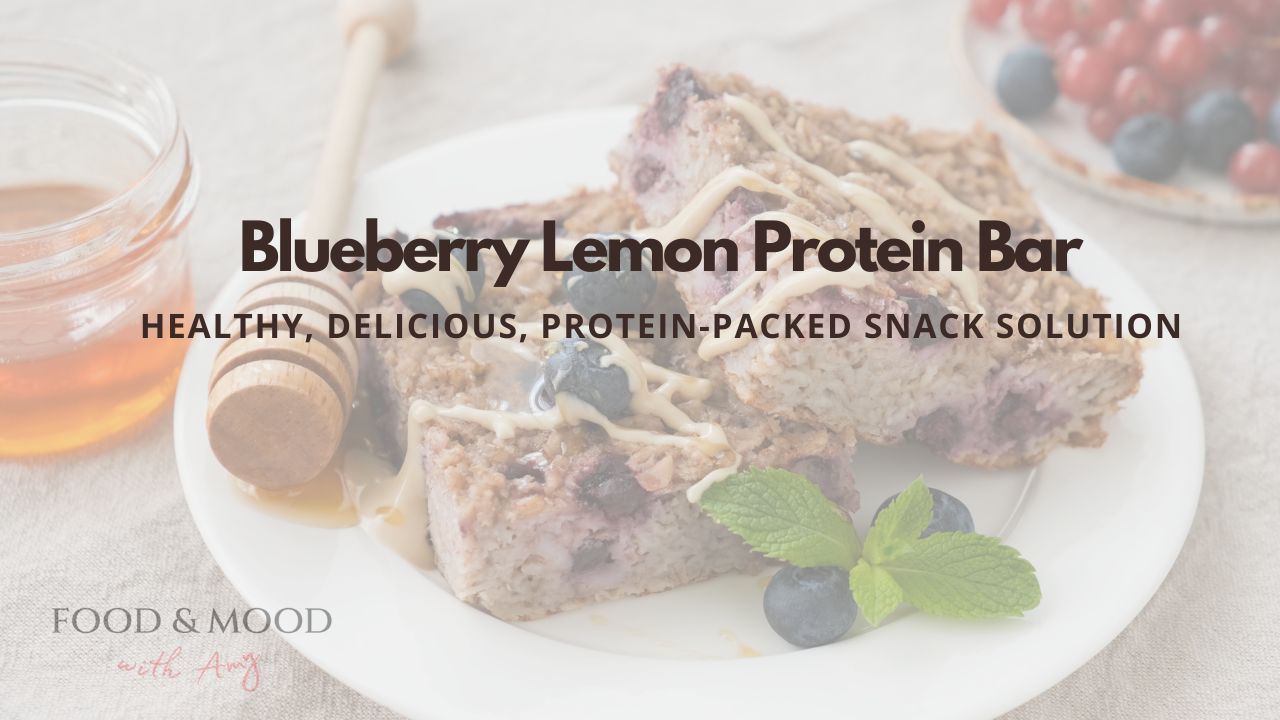Eating healthy but not seeing results? We’ve all been there – working hard to eat healthy, but not seeing the results you’re looking for or the numbers on the scale budge. It can be frustrating! There are several factors to consider to help you achieve your goals. These are some of the areas to dig into:
Take Inventory of Your Eating Habits
Start by taking a closer look at what and how much you’re eating. You might be surprised to find that sometimes we think we’re eating healthier than we actually are or underestimating our portion sizes. To gain a better understanding of your eating habits, try tracking your food for about two weeks. This practice of logging your meals can increase your awareness and help you be more mindful of what you eat. An excellent free tool for tracking your food and monitoring your calories, protein, and other important nutrients is MyFitnessPal.
Increase Protein Intake
Protein is a superstar when it comes to weight loss. It not only boosts your metabolism but also helps you feel full and supports muscle growth. It’s crucial to ensure you’re consuming enough protein. Most studies suggest aiming for around 0.7-1 gram of protein per pound of body weight (or 1.6-2.2 grams per kilogram). As a simple rule, try to eat at least your target body weight in grams of protein each day. Keep in mind that these are general guidelines, and it’s essential to adjust your protein intake to meet your specific needs.
Reduce Alcohol Consumption
Alcohol can be sneaky when it comes to weight loss. It not only adds extra calories to your diet but can also impair your judgment and lead to poor food choices. Additionally, your body prioritizes getting rid of alcohol toxins, which can slow down your progress. Consider cutting back on or eliminating alcohol from your diet to support your weight loss efforts.
Increase Fibrous Carbohydrates
Fibrous carbohydrates, such as vegetables, fruits, whole grains, and legumes, offer more than just nutrients. They also keep you feeling full and satisfied. By incorporating more fiber into your diet, you can help control hunger, stabilize blood sugar levels, and support weight loss. Aim for at least 25-30 grams of fiber per day to reap these benefits.
Add (or Bump Up) Resistance Training
Building muscle through strength training can do wonders for your metabolism and help you burn more fat. Whether it’s lifting weights, bodyweight exercises, or resistance bands, including strength training in your routine can increase your muscle mass, boosting your calorie-burning potential. If you’re already incorporating strength training, make sure you challenge yourself enough. If you can easily do 8-10 reps, it’s time to increase the weight. Gradually increase the resistance and see how it feels!
Improve Gut Health
A healthy gut is essential for weight management. Consider adding probiotic-rich foods like yogurt, kefir, sauerkraut, and kimchi to your diet. These foods promote a healthy gut microbiome. Focus on consuming foods high in prebiotic fiber, such as onions, garlic, asparagus, and bananas. These foods help feed beneficial gut bacteria and support digestion, further enhancing your gut health.
Bonus! Increase Your NEAT
Non-Exercise Activity Thermogenesis (NEAT) is a game-changer for weight management. It’s all about those little movements that burn calories throughout your day, like walking, standing, and even fidgeting. These activities may not seem like much, but they add up and increase your overall energy expenditure. So, find ways to incorporate more movement into your daily routine. Take the stairs instead of the elevator, go for short walks during your breaks, and keep yourself active. It’s a simple but effective strategy to support your weight management goals.
Remember to keep coming back to how you feel. Do you feel strong, have increased energy, improved sleep for starts? Everyone’s journey is unique, and what works for one person may not work for another. By exploring and making informed decisions about your nutrition and lifestyle, you’re taking empowering steps towards a healthier and happier you. Keep going. 🤍
Note: If you’ve been experiencing any concerning symptoms, it may be a good idea to seek guidance from your doctor. She can provide personalized advice based on your specific needs and help you address any underlying health conditions that may be affecting your progress.
Check out the Cafe (on Me!)
If you’re curious about nutrition and healthy habits, check out the cafe- for free! The Food & Mood Cafe offers weekly drop-in sessions and coaching to support your wellness goals. You’ll get real conversations, real community, and access to content and tools around nutrition, exercise, and mood. Choose what works for you so it’s easy to build healthy habits that fit your life. Join now and get a free trial. Use coupon FOOD.













Great info Amy!